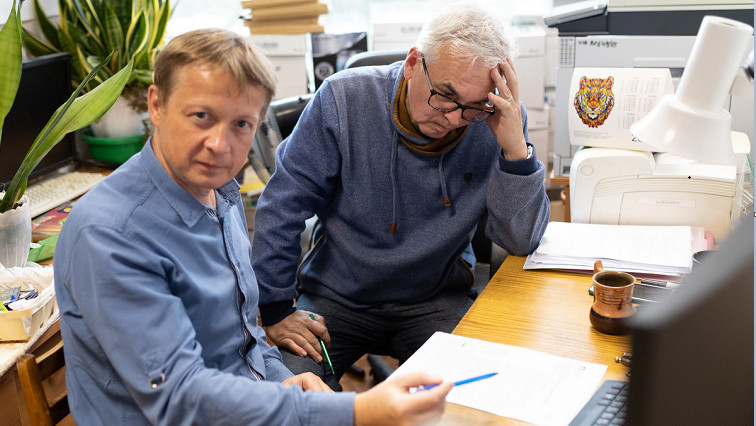These calculations will be useful for medical purposes because, on the one hand, they show how viruses behave when they enter cells and tend to replicate. On the other hand, the model allows the exact amount of medication needed for therapy to be as effective as possible and with minimal side effects. The scientists published the model description and calculation results in Crystals, Cancer Nanotechnology and Mathematics.
"The processes in cells are extremely complex, but in simple terms, viruses use different variants to reproduce. Some deliver genetic material directly into the cytoplasm. Others use the endocytosis pathway: they deliver the viral genome by releasing it from the endosomes. If viruses stay in the endosomes, the acidity increases there, and they die in the lysosomes. So, our model allowed us to find out, first of all, when and which viruses "escape" from endosomes in order to survive. For example, some influenza viruses are low-pH-dependent viruses; they fuse with the endosome membrane and release their genome into the cytoplasm. Secondly, we found out that it is easier for viruses to survive in endosomes during clustering, when two particles merge and tend to form a single particle," says Dmitry Aleksandrov, Head of the Multi-Scale Mathematical Modeling Laboratory at UrFU.
As the scientists explain, the mathematical model will also be useful in tumor targeting therapy: many cancer therapies depend on when and how nanoparticles of a medicine saturate cancer cells. The model will help calculate this parameter as well.
In addition, understanding the behavior of viruses in cells is important for the development of vaccines and medications, as well as for gene therapy, which treats diseases that conventional medicine cannot cure. For example, various adenovirus-based vectors and lipid particles are used as a platform for gene delivery to treat disease. However, their limited ability to "slip out" of endosomes also limits their use as delivery vehicles.
"Nanoparticles smaller than 100 nanometers are becoming increasingly important tools in modern medicine. Their applications range from nanodiagnostics to radiation therapy for cancer. For example, pH-sensitive nanoparticles imitating viruses are used for targeted delivery of antitumor medication. This is how medications are delivered from whole organs to individual cells," says Professor of Applied Mathematics at the University of Manchester Sergey Fedotov.
Read the original article on Ural Federal University.







